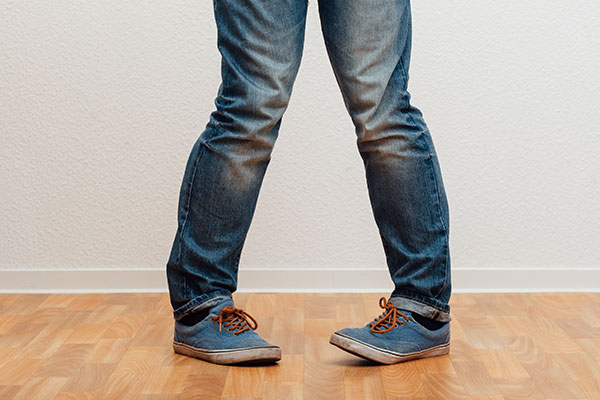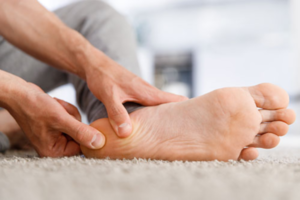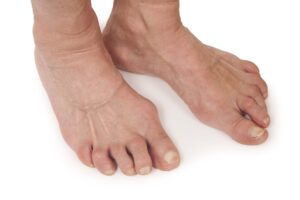
Hip Dysplasia: A Guide for Parents and Adults
Hip dysplasia (developmental dysplasia of the hip – DDH) is a condition that affects the hip joint.

A functional knee valgus (also known as ‘knock knees’) is an inwards position of your knees relative to your feet and hips. This is seen frequently when you are in a standing position or during your gait while walking or running. It can often lead to pain on the inside and around your knee, such as patellofemoral pain and iliotibial band (ITB) syndrome.
There are a variety of reasons why a functional knee valgus occurs:
Weak hips and core
This can lead to an anterior pelvic tilt that will weaken your internal hip muscles, such as your gluteus medius. This will lead to internal movement of your hips on your knees, causing a knee valgus.
Tight hip flexors
as we live in a society where we are sitting down most of the day, we are constantly placing our hips in a flexed position. This will tighten up the muscles on the front of our hips, which are responsible for flexing the hip. As these muscles become tight, their opposite muscles, the hip internal rotators (such as gluteus medius) become weak. Thus, having tight hip flexors will lead to having a weak hip and core, which contributes to a knee valgus.
Excessive moments of pronation
Having a hypermobile foot causes the intrinsic muscles of the feet to overwork, leading to excessive foot pronation. This will work up the chain of the body, causing an internal rotation of the tibia. This then leads to a knee valgus.
Now that we know the factors that contribute to a functional knee valgus, it is important to target each of the causes to prevent this from worsening and aid rehabilitation:
Dealing with a knee valgus can be a troublesome and often painful experience as it limits our activities that we perform on a daily basis. If you have constant issues with your knees, let the team at SOLE – LUTION PODIATRY help you. You can reach us on 02 9569 5145.
Thanks!

Hip dysplasia (developmental dysplasia of the hip – DDH) is a condition that affects the hip joint.

Heel pain can be a real drag, especially when that first step in the morning feels like stepping on a tack. One culprit behind this discomfort can be heel spurs. But what exactly are they, and more importantly, how can you fix them?

Arthritis in the feet can significantly disrupt your daily life, turning simple walks into painful struggles.